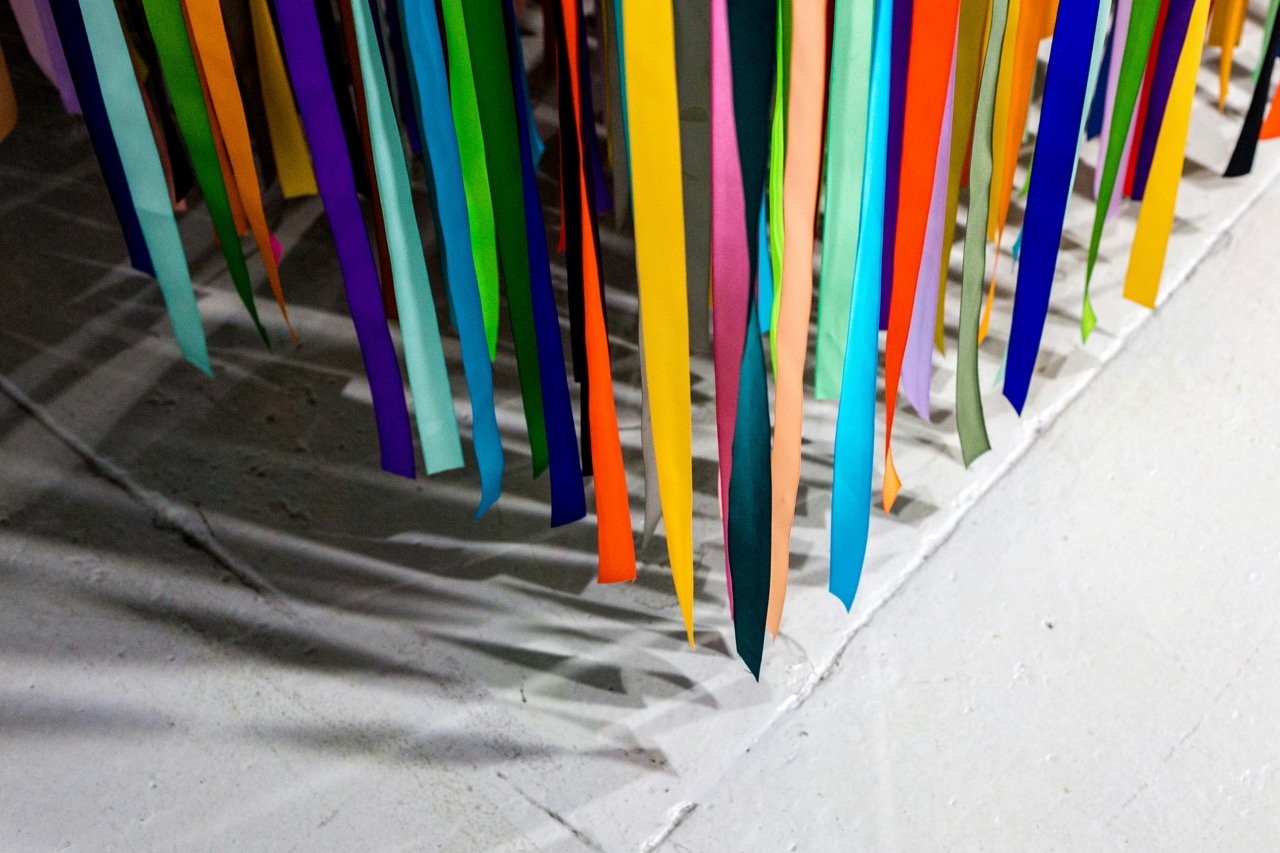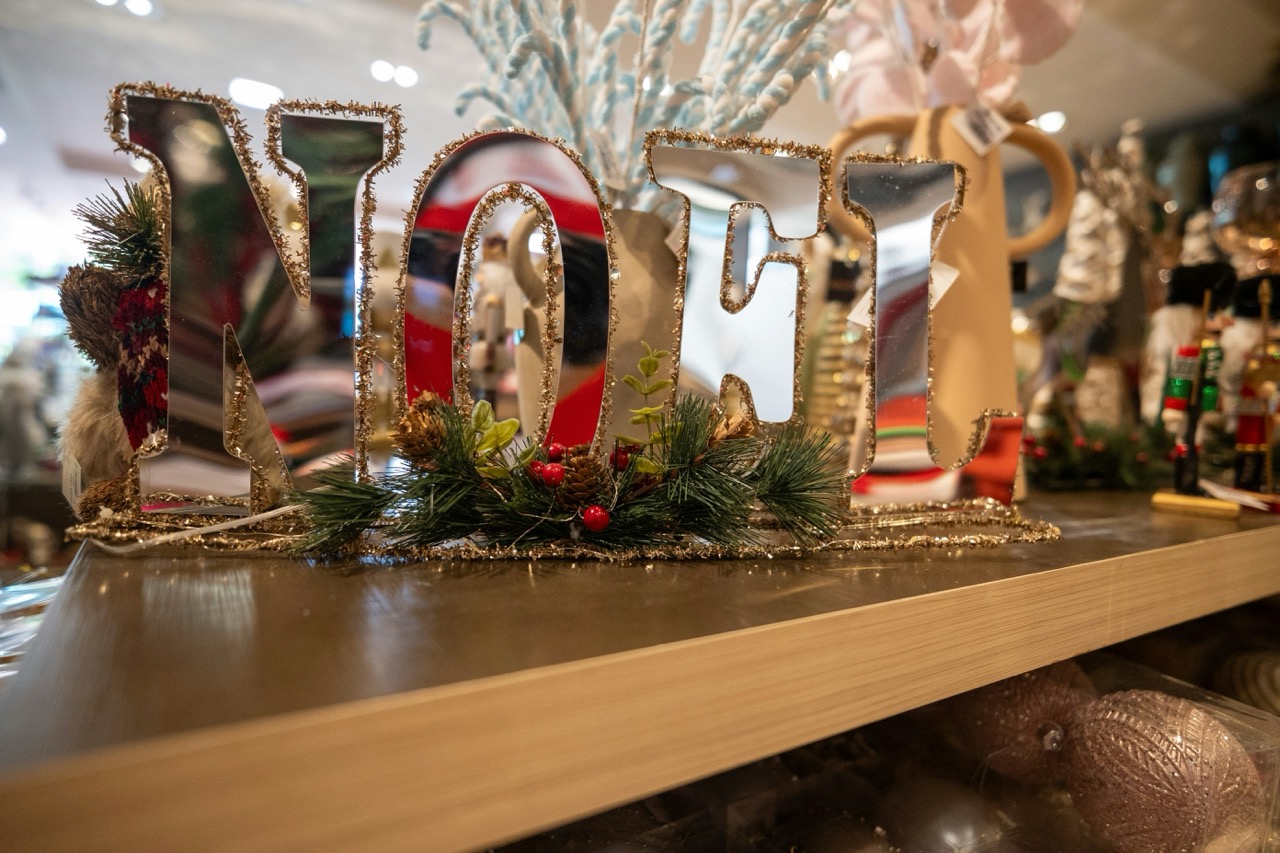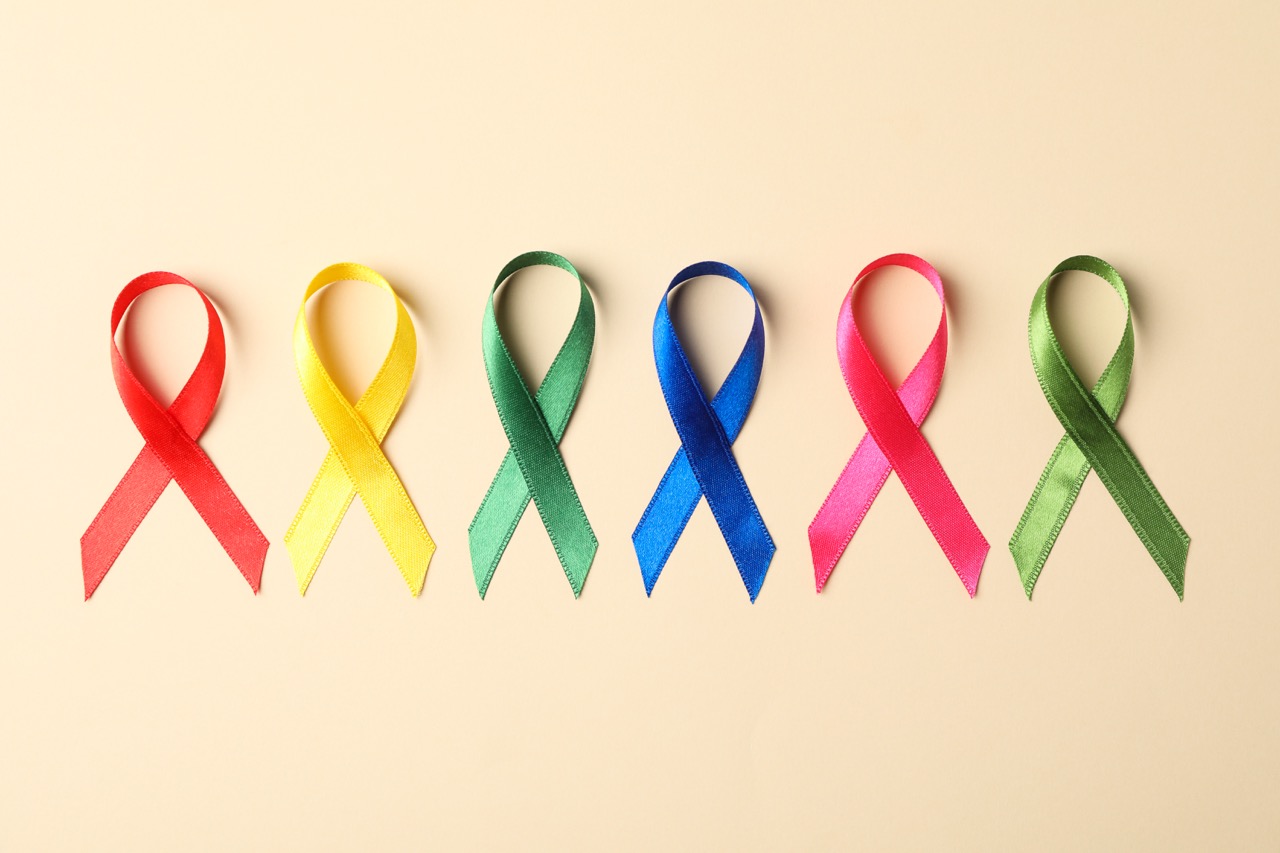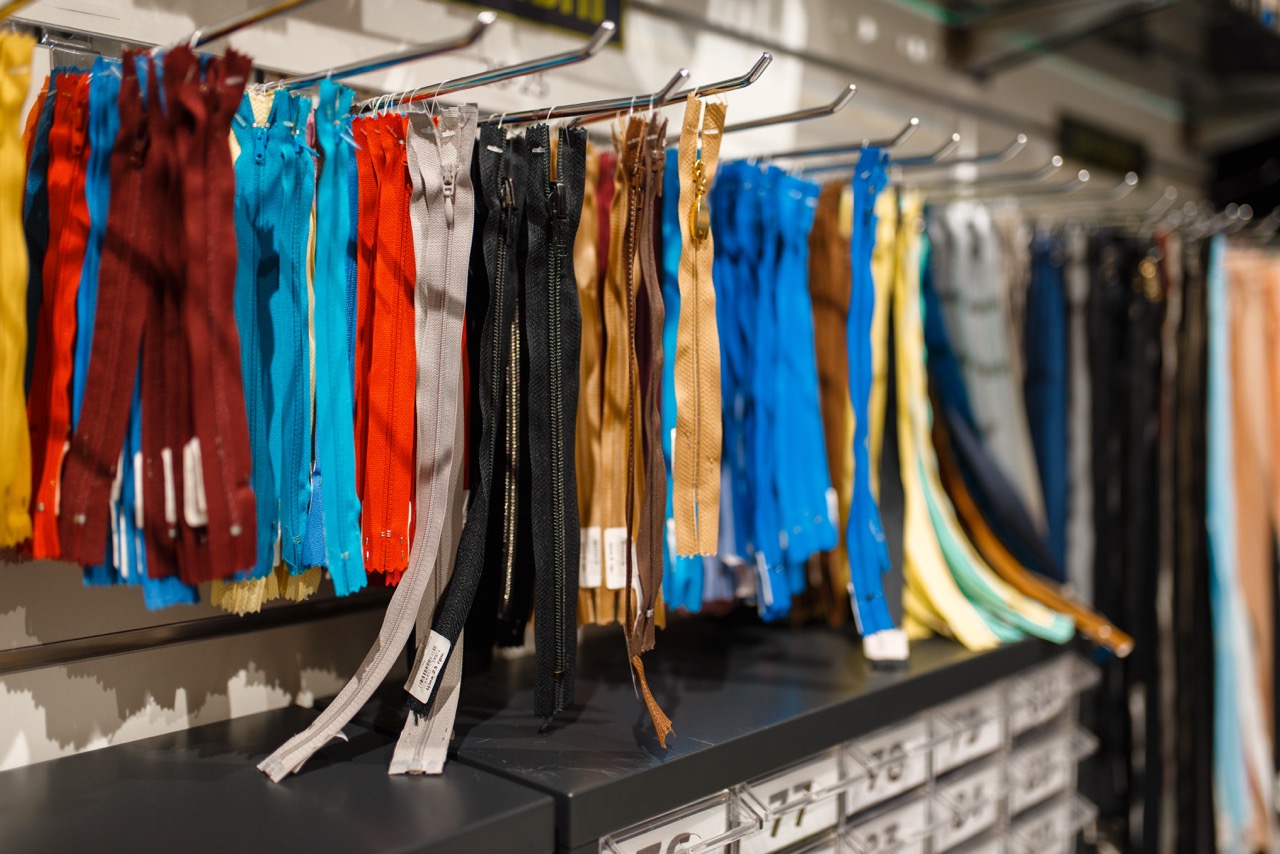Ribbons have long been an integral part of wedding attire, serving not just as decorative elements but also as symbols of love, unity, and cultural identity. Across the globe, various cultures infuse their traditional wedding garments with ribbons, each with its unique significance and style. As weddings blend tradition with modernity, ribbons continue to hold a special place, reflecting both cultural heritage and personal expression. This article delves into the multifaceted role ribbons play in wedding attire across different cultures, examining their symbolism, regional variations, craftsmanship, and contemporary interpretations.
The Symbolism of Ribbons in Global Wedding Traditions
Ribbons often carry profound meanings in wedding traditions. In many cultures, they symbolize the binding together of two lives, representing not only the union of couples but also the intertwining of families and communities. For instance, in some Asian cultures, red ribbons are commonly used in wedding ceremonies. The color red signifies good fortune and joy, and when adorned on attire, it serves as a blessing for the couple’s future. This symbolic use of ribbons transcends mere ornamentation, imbuing the attire with layers of cultural significance that resonate deeply with the participants.
In Western traditions, white ribbons often accompany wedding dresses, reflecting purity and new beginnings. The white ribbon, alongside the white gown, embodies the innocence and commitment that the couple pledges to one another. In various ceremonial practices, ribbons are also tied onto the bride’s bouquet or the couple’s hands during the ceremony, symbolizing their commitment and the promise to support each other through life’s journey. This fusion of symbolism and aesthetic appeal ensures that ribbons remain a cherished component of wedding attire.
Moreover, some cultures incorporate intricate knot-tying rituals using ribbons during wedding ceremonies as a testament to the couple’s commitment to each other. For instance, in Celtic traditions, the "handfasting" ceremony involves tying the hands of both partners together with ribbons, symbolizing their bond and union. This practice highlights the enduring presence of ribbons as a testament to love and commitment, serving as a visual representation of the vows exchanged.
Regional Variations: Ribbons in Wedding Dresses Worldwide
Across various regions, ribbons find diverse expressions in wedding attire, reflecting the unique customs and aesthetics of each culture. In India, bridal lehengas are often adorned with vibrant ribbons that accentuate the intricately designed outfits. These ribbons can be found in contrasting colors that complement the overall ensemble, symbolizing joy and festivity. Often, the bride will wear a dupatta, or shawl, with detailed ribbon embellishments that highlight her connection to tradition while allowing for personal flair.
In contrast, the traditional Japanese wedding attire features a more restrained use of ribbons, as seen in the shiromuku, a white kimono worn by brides. The simplicity of the outfit is complemented by delicate obi (sashes) that are tied with elegant knots, representing both beauty and the importance of the union. The use of ribbons in this context transcends mere decoration, serving as a representation of elegance, respect, and cultural heritage.
In European countries, the use of ribbons varies significantly. In Scotland, brides may incorporate tartan ribbons into their gowns, and the groom often wears a matching tie or cravat, symbolizing their heritage and pride in their roots. Meanwhile, in Eastern European traditions, intricate beadwork and ribbons are woven into the traditional garments, showcasing the craftsmanship that is a hallmark of these cultures. Each regional adaptation of ribbons in wedding attire tells a story of identity and customization, forming an essential part of the celebratory fabric of weddings worldwide.
Craftsmanship and Materials: Making Ribbons Shine
The craftsmanship involved in creating ribbons for wedding attire is often a blend of artistry and tradition. In many cultures, ribbons are meticulously crafted using a variety of materials that enhance their visual appeal. Silk ribbons, for example, are favored in many Asian wedding ceremonies due to their luxurious texture and the way they catch the light, creating an ethereal effect as the bride moves. Artisans spend considerable time ensuring that the dye used on these ribbons reflects the vibrant cultural colors associated with auspicious occasions.
In contrast, in some Western traditions, satin ribbons are the material of choice, often chosen for their versatility and ability to be elegantly tied into bows and knots. These ribbons can be found adorning everything from bridal bouquets to the hem of wedding gowns. The process of creating these satin ribbons often involves intricate weaving techniques that highlight the craftsmanship behind the scenes, ensuring that the final product not only serves a decorative purpose but also stands up to the rigors of a lively wedding celebration.
Moreover, the tradition of hand-painting or embroidering ribbons adds an additional layer of customization and personal touch. In many cultures, families will create personalized ribbons for the bridal party, often featuring motifs or symbols that hold sentimental value. This practice not only emphasizes the importance of family heritage but also showcases the skills of artisans who dedicate themselves to preserving these traditional crafts, ensuring that each ribbon tells a unique story woven into the fabric of the wedding day.
Modern Interpretations: Ribbons in Contemporary Nuptials
As weddings evolve, so too do the interpretations of traditional elements like ribbons. In contemporary ceremonies, many couples are opting for personalized and thematic approaches to their wedding attire, which often includes the creative use of ribbons. For instance, couples may choose to incorporate ribbons in unexpected ways, such as using them as part of their wedding decor, including table settings, bouquets, and even as part of the wedding cake design. This approach allows ribbons to transcend their historical role in attire, becoming a versatile element of the wedding aesthetic.
Furthermore, the trend of sustainability has led many modern couples to select eco-friendly ribbons made from organic materials, such as hemp or recycled fabrics. These environmentally conscious choices reflect the couple’s values while still honoring tradition. By selecting sustainable ribbons, couples are bringing a contemporary twist to their nuptials, ensuring that their celebration is both stylish and mindful of the impact on the planet.
Finally, social media has played a pivotal role in how ribbons are perceived and used in modern weddings. Platforms like Instagram and Pinterest showcase countless creative ideas for incorporating ribbons into wedding attire, inspiring couples to experiment with colors, lengths, and styles. This has led to a resurgence in DIY ribbon projects, where couples design their attire or decor, further personalizing their wedding experience. In this way, ribbons continue to evolve, reflecting the changing tastes and values of modern society while still honoring their rich cultural heritage.
Ribbons in traditional wedding attire offer a fascinating glimpse into the rich tapestry of cultural practices surrounding marriage. From their symbolic significance to their varied applications across regions, ribbons embody the essence of love, commitment, and individuality. As craftsmanship evolves and modern interpretations emerge, ribbons remain steadfast symbols of unity, embodying the fusion of tradition and contemporary expression. In a world where weddings continually transform, ribbons will undoubtedly continue to weave their way into the hearts of couples, reflecting both their heritage and their unique love stories.










